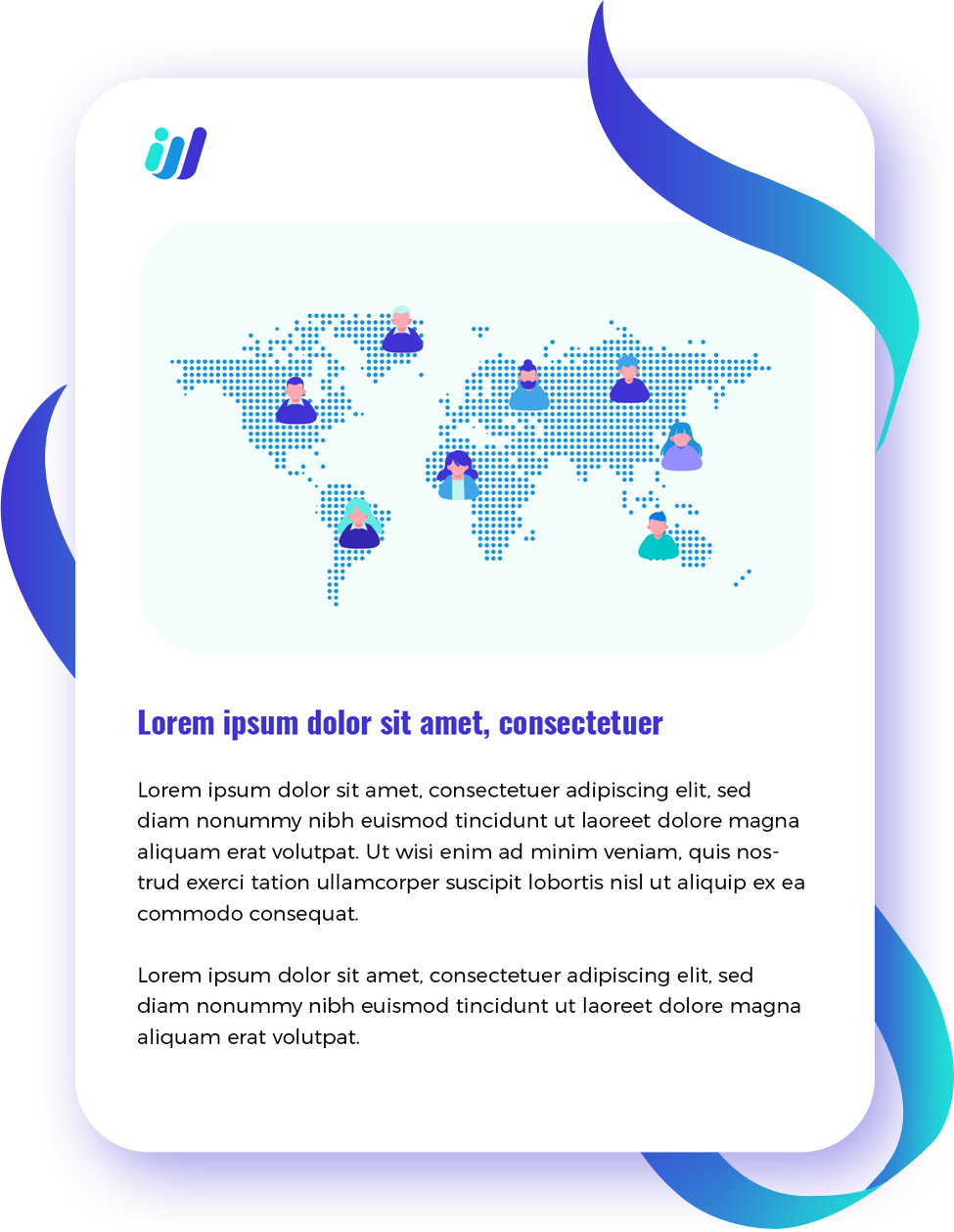1. High demand for top global talents with specialized skillsets
The growth of the digital customer continues and with it comes differing customer journey challenges. Global business regardless of type, size, or target audience need top talents with data and analytics expertise to join their remote teams or distributed teams so that they can truly understand their customers and their needs. With a talented and highly skilled workforce having front-line, real-time customer interactions, there is wealth of data and information that can be turned into actionable insights aimed at delivering transformative, personalized, and innovative customer experiences.
Many companies nowadays turn to talent and workforce analytics as a way to make better decisions on future recruitment efforts, to predict trends or success rates of projects before they happen, and to ensure innovations from data-driven insights and investments. The intended goal is to attract, develop, and retain employees’ best skill sets for an increasingly competitive job market.
2. Reskilling and Upskilling
The need to reskill and upskill is a top trend in the outsourcing industry. With the high level of innovation, specialization, competition from other countries as well as the concentration of industries into fewer hands, workers are now more likely to be out-skilled by their jobs.
To keep pace with the demand for those who do have particular skills, companies need to provide more reskilling and upskilling opportunities for their on-site employees and remote teams so that they can continue providing value within the organization and making their workforce adaptable to changing demands from customers.
3. Employee Experience
The future of work also emphasizes employee experience (EX). Regardless of how companies work in the new normal – virtual, in person or a combination of both – those virtual processes aren’t going away, and the employee experience will largely be defined by the technologies that power them. Companies are now recognizing that employees want to feel appreciated and valued, which translates into a positive experience in the workplace. Investments are being made to improve employee satisfaction, creativity with work assignments, productivity levels, and retention rates.
Some implementations include:
- Leveraging tools like chatbots to remind employees to take a screen break and step outside for fresh air, or to be more selective about when to hold video meetings
- Holding the HR team responsible for connecting employees with opportunities and other people to manage their well-being, development, and safety, and to improve their service and engagement
- Making sure employees are secure from multiple access points without adding unnecessary and frustrating complications of operating various devices and systems in the digital workplace
4. Focus on AI, automation, and emerging technologies
Artificial Intelligence (AI), automation, and emerging technologies are gradually affecting many areas – how we consume information, communicate, work, learn, and attend to day-to-day tasks. In the outsourcing industry where skill requirements and their complexity are changing rapidly, these state-of-the art tools will enable outsourcing providers to tailor their service to each client and remain flexible in the face of challenges.
- AI tools – increased productivity levels, specialization in job roles, and an increased importance of “human skills” like creativity, problem solving, and quantitative skills
- Cloud collaboration tools – more efficient communication with team members, clients, and other key stakeholders in the organization
- Robotic Process Automation (RPA) tools – automate internal and external processes, leaving more capacity for critical tasks that require human interaction
5. Increased sharing of cyber threat intelligence
With the continuous exploitation of cybersecurity vulnerabilities even before the COVID-19 global standstill and during the post-pandemic era, organizations will benefit from cyber threat intelligence solutions to allow security teams to focus their resources and investments in the most needed areas, and help overburdened analysts avoid burnout. This involves the use of machine learning to automate data collection and processing, to take in unstructured data from disparate sources, and to integrate with the IT team’s existing strategies and solutions.
When cyber threat intelligence is treated as a separate function within a broader security paradigm, security operations teams and vulnerability management teams will have enhanced understanding of risk analysis, fraud prevention, high-level security processes detection, as well as various threat actors and their tactics across the web.
Are you ready to grow your business by leveraging these outsourcing trends in 2022 and beyond?
If you see potential in the trends above, it’s time to learn how to attract and retain top talents for your business. Third Wave Outsourcing can help improve cost effectiveness, customer satisfaction, and revenue and profitability for business growth and success.


